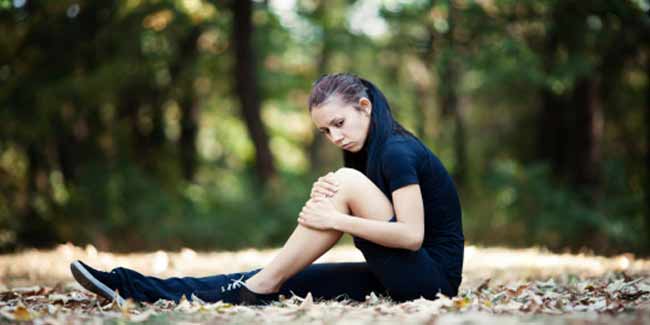
Arthritis is a progressively degenerative disorder which becomes increasingly painful if it strikes one at an early age. Because, once diagnosed, it cannot be eliminated. Characterized by degeneration of the cartilage and bone of the joints, arthritis usually strikes after the age of 65.
However, the profile of patients affected by this disease is becoming much younger. Faulty lifestyle, obesity, and poor nutrition are some of the main reasons why this “old-age disease” is increasingly seen in youngsters.
The recent findings, published in the journal Arthritis Care & Research, indicate that the relationship between obesity and arthritis is more prominent. Studies have found that overweight and obese people, as indicated by their body mass index (BMI), report more doctor diagnosed arthritis than people with lower BMIs, with 66% of arthritis sufferers being overweight or obese.
The most common joint affected in Indians is the knee followed by the hip.
Table of Content:-
Know the Warning Signs
If you have any of these signs in or around a joint for more than two weeks, see your doctor:
- Pain
- Stiffness
- Swelling (sometimes)
- Difficulty moving a joint

Seek Early Diagnosis and Treatment
Early diagnosis and treatment are important to help slow or prevent the damage to joints that can occur during the first few years after arthritis is diagnosed. The longer the disease persists, the more the joints are damaged; therefore it is vital to receive treatment as soon as a diagnosis is made.
Maintain Appropriate Weight
Maintaining an appropriate weight can reduce the risks for developing osteoarthritis in the knees, and possibly in the hips and hands.
Protect Joints
Joint injuries caused by accidents, injuries, or overuse can increase the risk for osteoarthritis. Keeping the muscles around joints strong may reduce the risk of wear on that joint.
Exercise
Regular physical activity helps build and maintain healthy bones, muscles, and joints. Regular exercise can help facilitate joint nourishment, ease pain and joint stiffness, and improve flexibility. It also helps to build muscular strength and improve balance, reduce joint deformity and improve posture. Managing osteoporosis (thinning of bones) by maintaining bone density is possible through exercise. 
Eat Right
Your bones need a number of nutrients to stay strong and healthy. By eating foods rich in vitamin C and E and calcium, you'll help build a musculoskeletal system that can outlast degenerative conditions.
Drink enough water
Water makes up 70 percent of the cartilage in joints and helps keep them lubricated so bones don't rub against each other. Make sure to drink eight glasses a day.
Stretch
Stretching will increase muscle tone and can help boost the range of motion of your joints. Just make sure you warm up your muscles and joints before stretching – stretching before warming up can further aggravate joint pain and even strain your muscles.
Learning all you can about your form of arthritis will help you manage your symptoms. And, in the case of osteoarthritis, you might be able to prevent or slow its progression with the aforementioned measures.
Image Source: Getty
Read more articles on Arthritis.
Read Next
When Your Hands find it Difficult to do Daily Chores, Let These Arthritis-friendly Gadgets Help You
How we keep this article up to date:
We work with experts and keep a close eye on the latest in health and wellness. Whenever there is a new research or helpful information, we update our articles with accurate and useful advice.
Current Version
